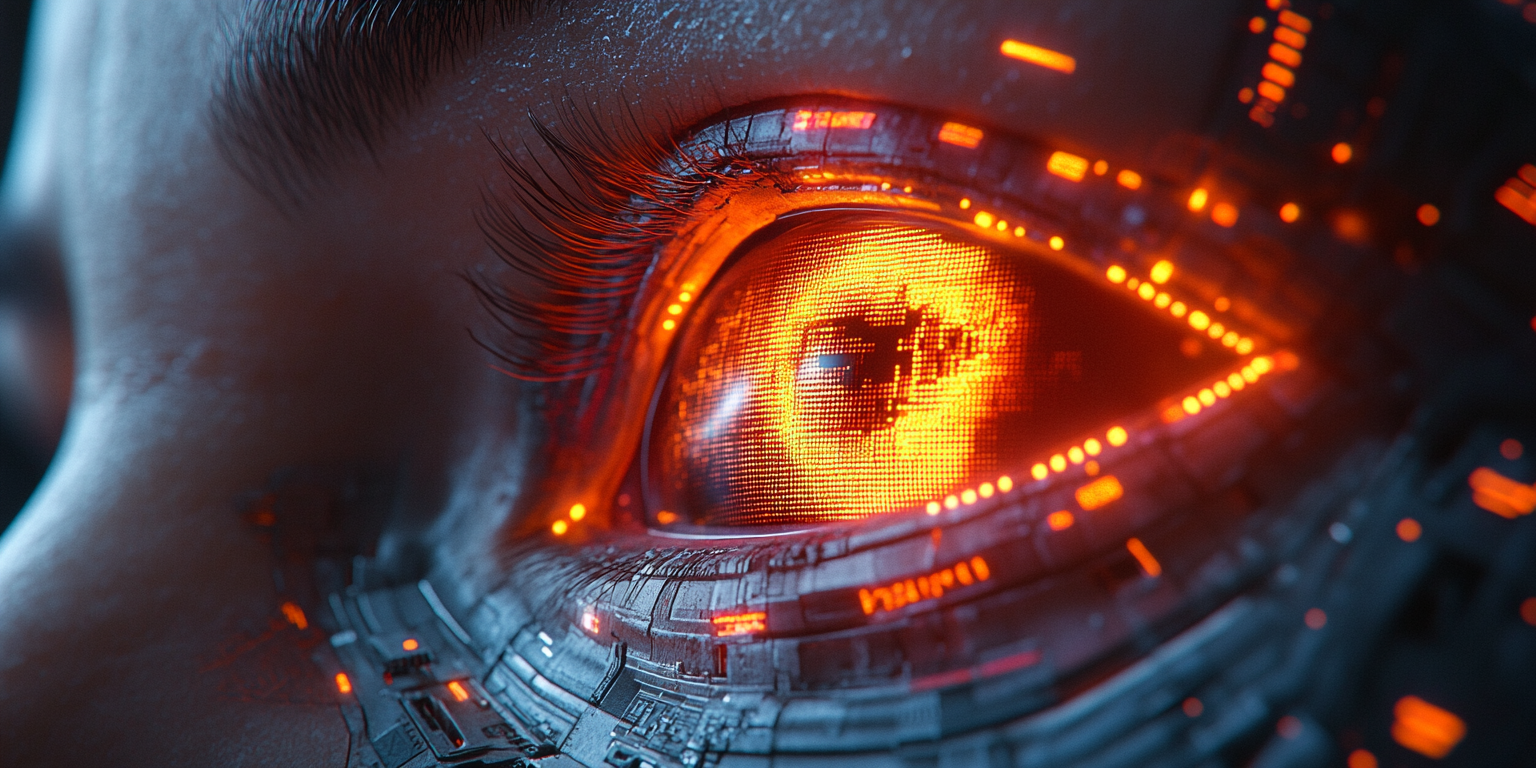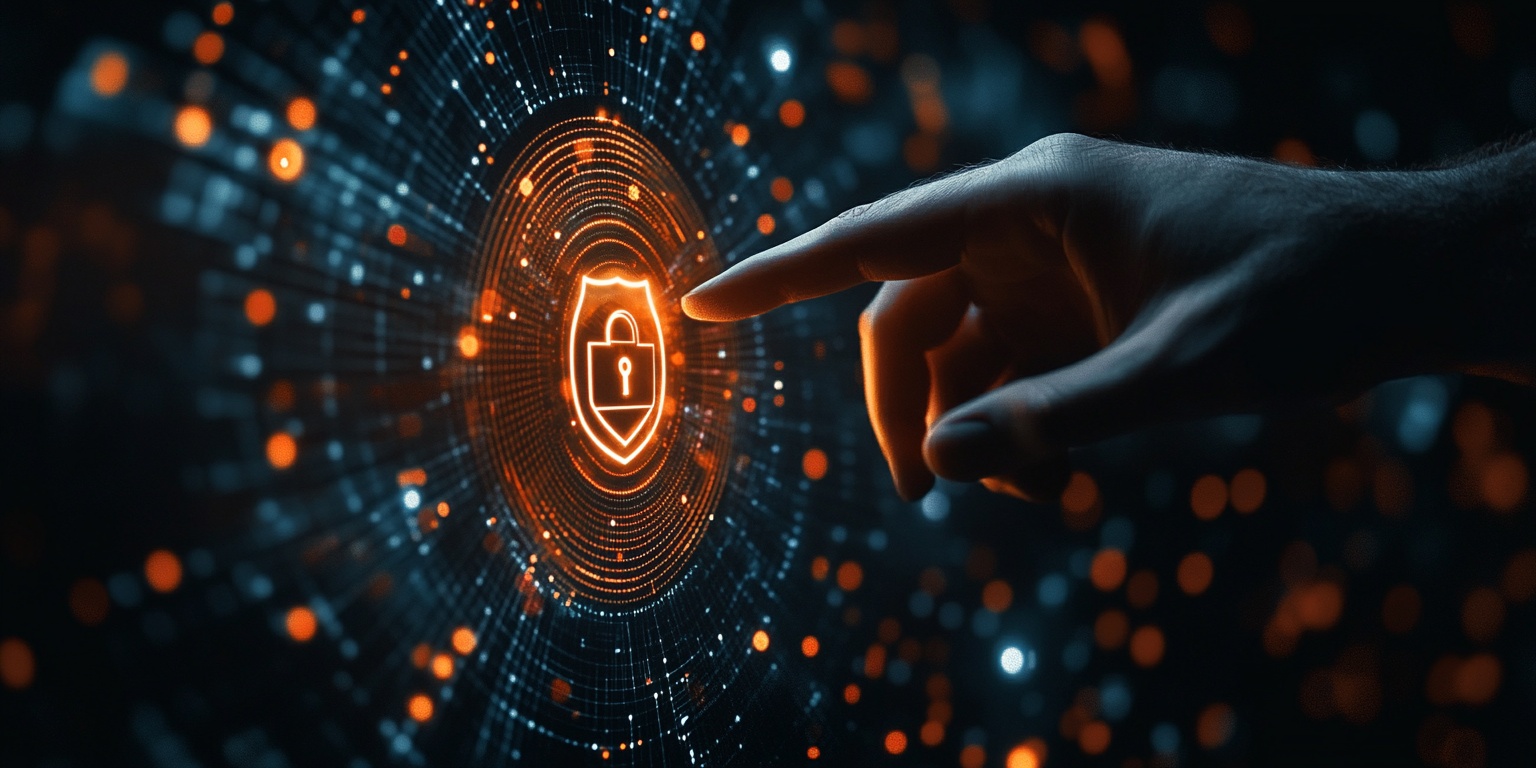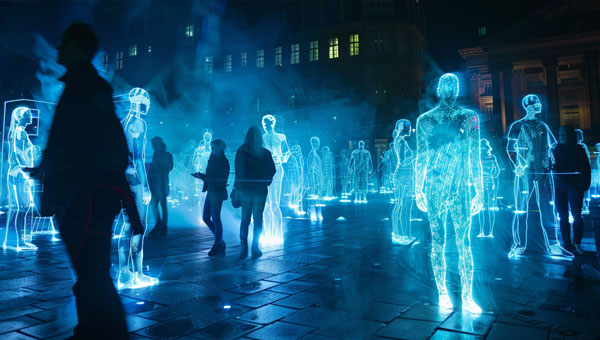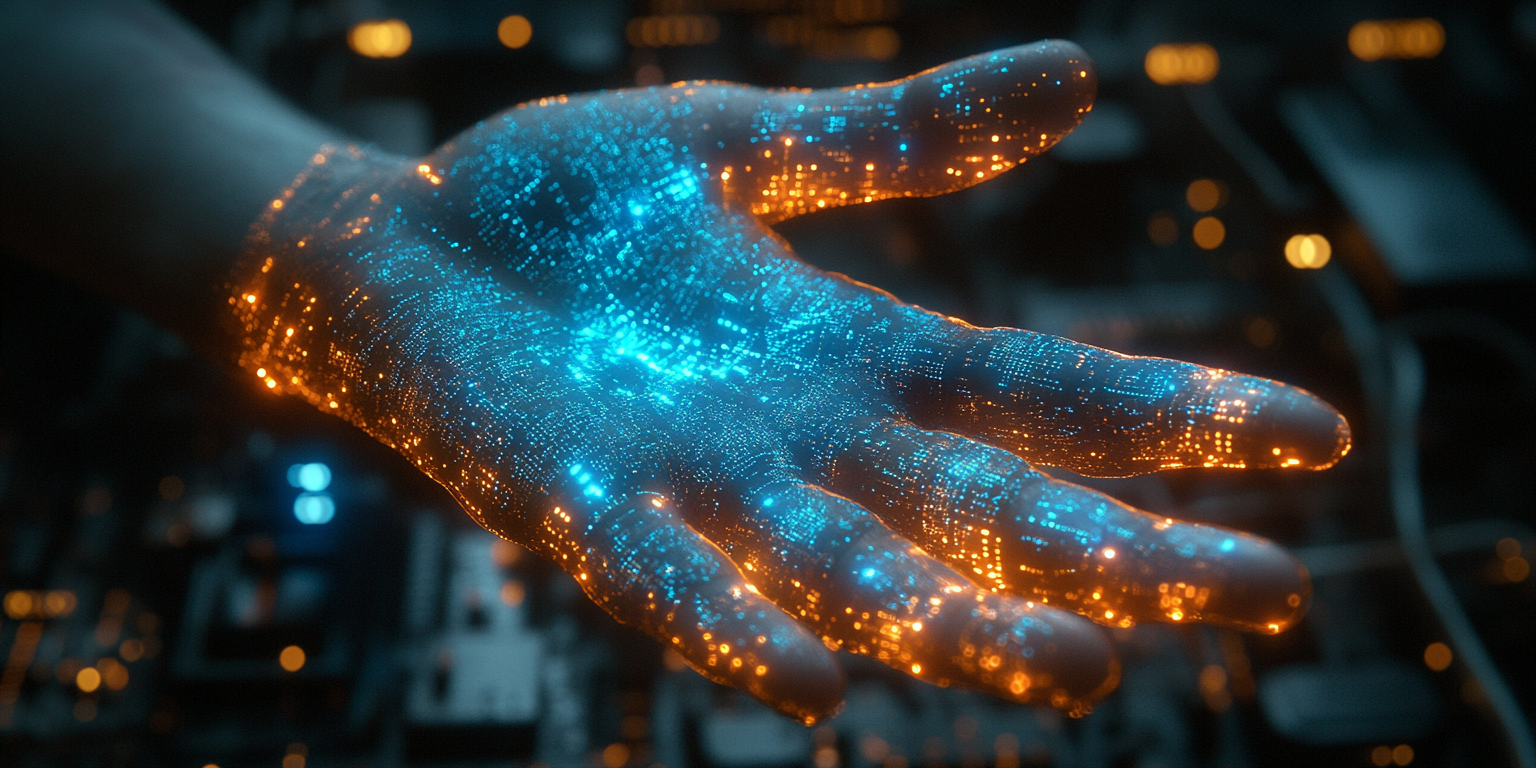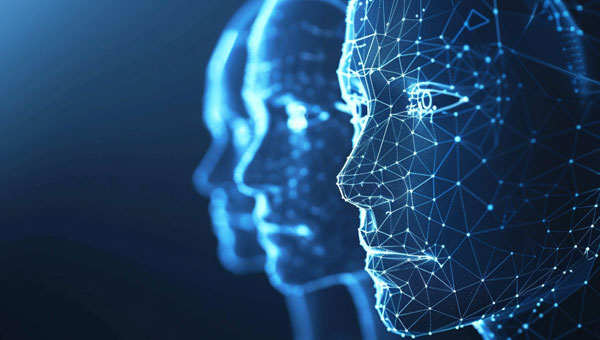The Role of Palmpass in Advancing Biometric Security for Visa Applications
As global security concerns continue to rise, the need for advanced biometric systems in visa processing has become increasingly important. This paper examines the role of Palmpass and its palmprint recognition technology in enhancing the security and efficiency of visa applications. It also explores the various types of biometrics used today and answers the question: "What are biometrics?"
Introduction
In today's interconnected world, the need for secure and efficient identification methods is paramount. Biometrics have emerged as a leading solution in this regard, particularly in the context of visa applications where security is critical. This paper explores the application of Palmpass and its innovative palmprint recognition technology in the realm of biometrics for visa processing.
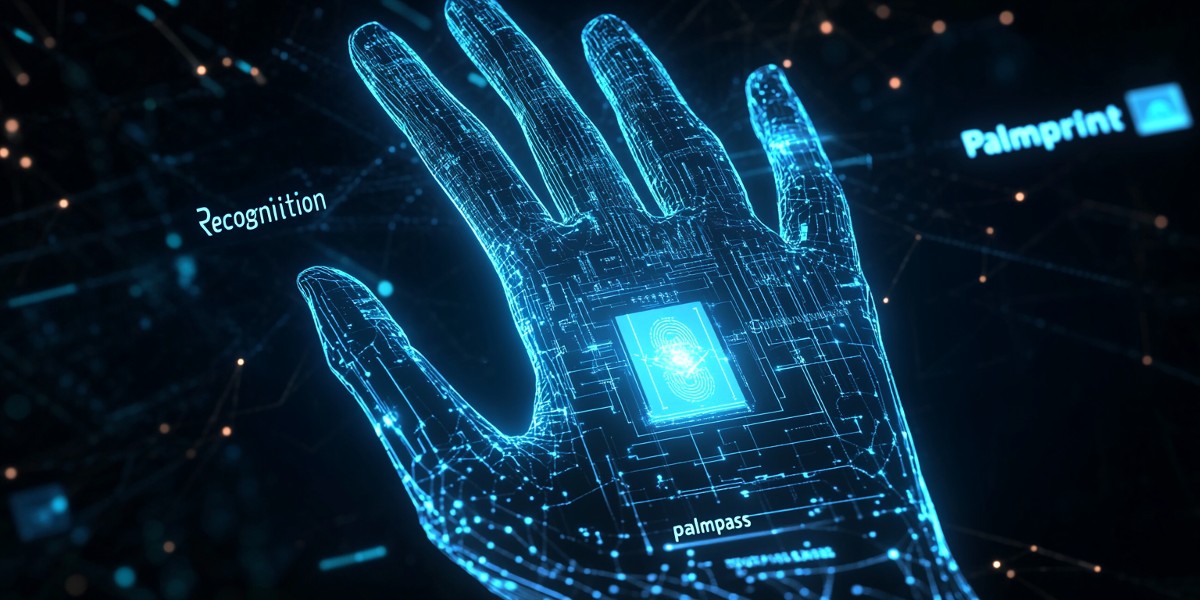
What Are Biometrics?
Biometrics refer to the measurement and analysis of unique physical or behavioral characteristics that can be used to verify the identity of an individual. Common examples include fingerprint recognition, facial recognition, iris scanning, and, more recently, palmprint recognition. These technologies are widely used in various sectors, including security, healthcare, and travel, to ensure accurate and reliable identification.
Types of Biometrics
Biometric technologies can be broadly categorized into two types: physiological and behavioral. Physiological biometrics include characteristics such as fingerprints, palmprints, and iris patterns, which are unique to each individual and remain consistent over time. Behavioral biometrics, on the other hand, analyze patterns in human behavior, such as voice recognition and gait analysis. Palmpass specializes in palmprint recognition, a physiological biometric that offers a high level of accuracy and security.
Biometrics for Visa Applications
The use of biometrics in visa applications has become a standard practice in many countries. Governments rely on biometric data to ensure that the individuals applying for visas are who they claim to be, thus preventing identity fraud and enhancing national security. Palmpass’s palmprint recognition technology can play a crucial role in this process, providing a secure and efficient means of verifying an applicant's identity. This technology can be integrated into existing visa processing systems to improve accuracy and reduce processing times.
The Role of Palmpass in Biometric Security
Palmpass is at the forefront of biometric technology, offering advanced solutions for a range of applications, including visa processing. Its palmprint recognition technology is highly accurate, user-friendly, and difficult to forge, making it an ideal choice for secure identification. By incorporating this technology into visa application processes, authorities can enhance the security and integrity of their systems.
Conclusion
As the world becomes increasingly interconnected, the importance of secure and reliable identification methods cannot be overstated. Palmpass and its palmprint recognition technology offer a cutting-edge solution for enhancing biometric security in visa applications. By understanding the different types of biometrics and their applications, we can better appreciate the role of advanced technologies like those offered by Palmpass in securing our borders and ensuring the safety of global travel.




